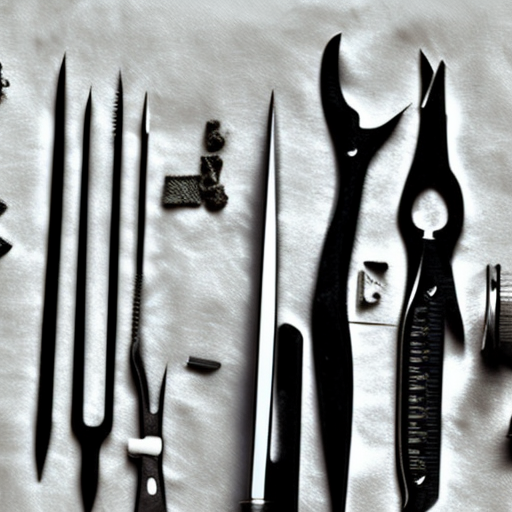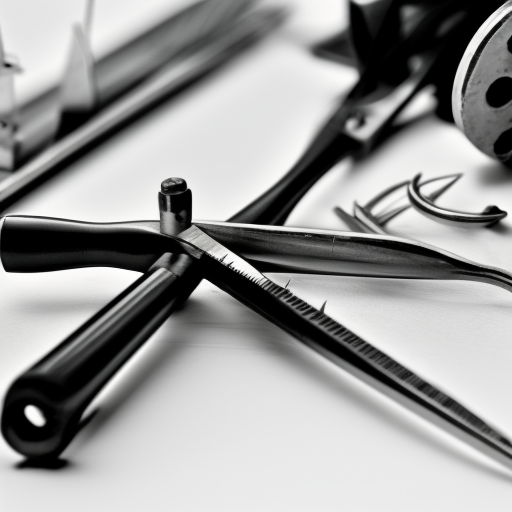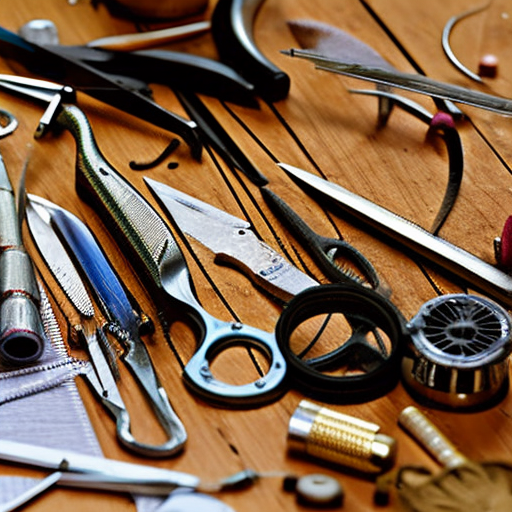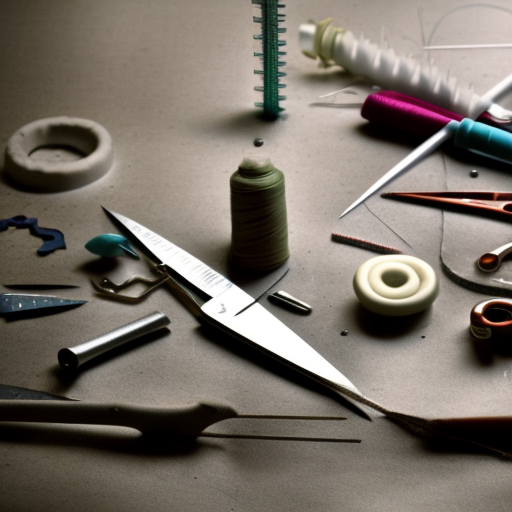The sewing machine is an essential tool for any avid seamstress or tailor. It helps us create beautiful handmade clothing or home decor items. However, with its moving parts and sharp needles, it is important to prioritize safety when using a sewing machine. Here are some helpful tips to ensure your sewing experience is not only enjoyable but also safe.
Choose the Right Location
The first step to sewing machine safety is choosing the right location for your machine. It should be placed on a sturdy and flat surface, preferably a sewing table or desk. Avoid using it on an uneven surface or an unstable table as it can cause the machine to vibrate or tip over while in use.
In addition, make sure your sewing area is well-lit and ventilated. This will not only prevent eye strain but also improve your concentration and productivity. Also, keep your workspace organized and clutter-free to avoid accidents or distractions while sewing.
Read the Manual
It is essential to read the user manual that comes with your sewing machine. It contains important information on how to operate and maintain your specific machine safely. Take the time to familiarize yourself with the different parts and functions of your machine, as well as any safety precautions recommended by the manufacturer.
Keep Your Hands and Eyes Safe
Your hands and eyes are the most vulnerable parts of your body while using a sewing machine. Always keep your fingers away from the needle when it’s in use. Use a tool such as a stiletto or tweezers to guide the fabric instead of your fingers. If your machine has a speed control option, use it to prevent the machine from running too fast, taking you by surprise and causing injury.
When it comes to your eyes, always wear safety glasses while sewing. This will protect your eyes from flying needles or broken pieces of thread that can cause harm. Additionally, avoid looking directly at the needle while you sew. Instead, focus on the fabric and use the marked lines and guides on the machine to keep your stitches straight.
Unplug When Not in Use
It can be easy to forget to unplug your sewing machine when you are finished using it. However, it is crucial to make a habit of unplugging it whenever it’s not in use, especially if you have children or pets around. This will prevent any accidents from happening if they decide to play with the machine while you’re away.
Keep Your Machine Clean and Maintained
A clean and well-maintained sewing machine not only provides better results but also ensures your safety. Regularly clean your machine, removing any lint or debris that may have accumulated. This will not only prevent your machine from malfunctioning but also reduce the risk of fire.
In addition, make sure to oil your machine as recommended by the manufacturer. This will keep the parts moving smoothly and reduce the chances of any accidents caused by a jammed machine.
Additional Precautions
Here are a few more safety tips to keep in mind when using your sewing machine:
- Avoid wearing loose clothing or jewelry that can get caught in the machine.
- Always use proper needles and thread for the type of fabric you are working with.
- Keep all electrical cords and foot pedals away from water or other liquids.
- Do not leave your machine unattended while it is running.
- Keep children and pets away from your sewing machine, especially when it is in use.
Following these simple safety tips will ensure that your sewing experience is enjoyable and injury-free. Remember, your safety should always come first when using any tools or machinery. Happy sewing!





Great article! I’m going to use these tips the next time I’m using my sewing machine.
Maggie Luevano: These are insanely helpful!
This is such an important article! Sewing machines are powerful tools, and it’s important to practice safe habits when using one to ensure everyone’s safety and prevent any damage. #safetyfirst #savesewinglife
Absolutely! Reading this article was so important in helping me make sure I’m protecting myself when sewing.